Training your gundog to sit to the whistle may soud simple, but fail to get it right from the start and you will encounter problems later on!
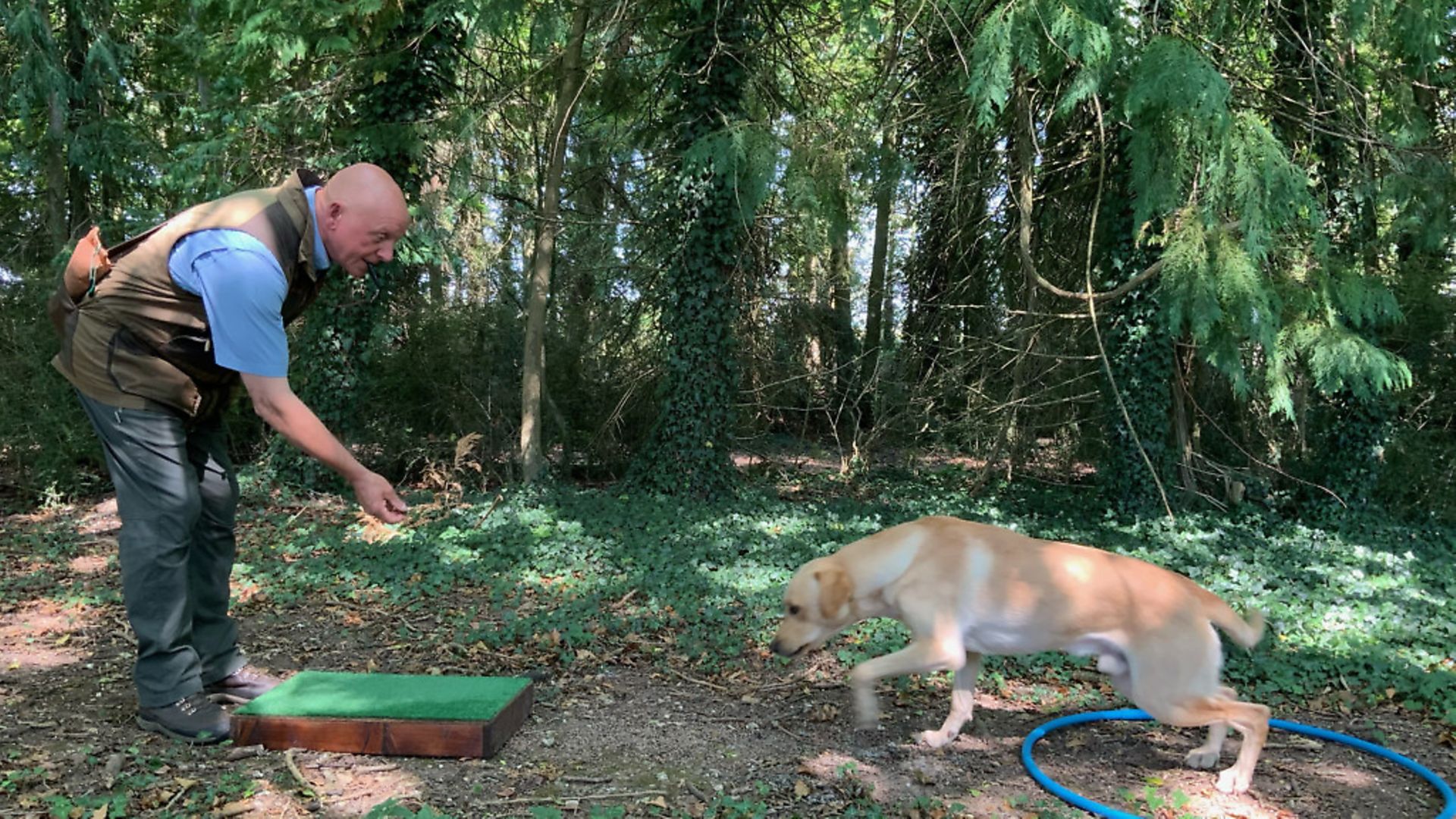 credit: Archant
credit: Archant
Alright, I get it! It’s probably the subject that gets covered in gundog articles more frequently than any other, but there’s nearly always no smoke without fire, and it gets covered repeatedly for good reason. So just why is it so important to train our dogs to sit to the whistle?
Firstly, the capability to stop any dog in an instant to a verbal or whistle command can save its life. So that’s pretty important! But for us gundog training types, it’s going to be a fundamental part of working the dog. I think all handlers need to thoroughly understand that if you school your dog correctly, the process of training the stop command will encourage a mindset in your dog that will leave him hanging off your every word, gesture or whistle command. Surely that sounds right, doesn’t it? We’d better get blowing on those whistles then... well, let’s not be too hasty with the whistle blowing just yet, but I’m sure you know where I’m coming from.
So if we can agree that teaching our gundogs to sit to the whistle is a really important aspect of training, let’s take a look at some of the ideas we might use to teach our dogs to do this.
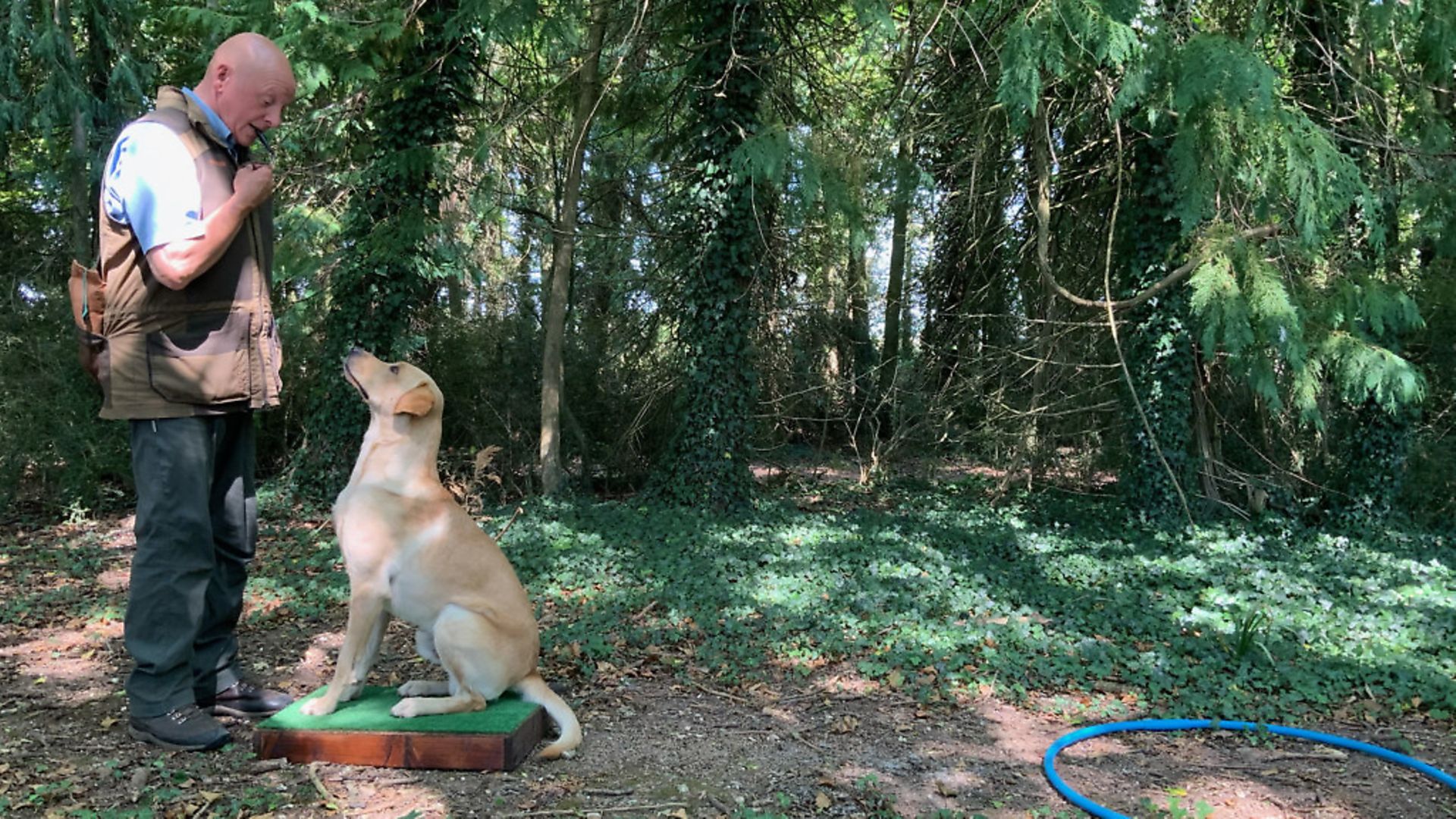 credit: Archant
credit: Archant
As soon as you start puppy training, gently blow the stop whistle each time you get him to sit. At this early stage, ensure you reward for each sit – a food treat will do. As it happens, the same reinforcement can be used throughout the dog’s life, so it’s never too late to get started.
As with all commands, once the puppy has learned this behaviour, it’s really important not to allow the pup to ignore your command.
Beginners to dog training often misinterpret this concept, frustratingly announcing: “He’s really naughty. I’ve tried blowing the stop whistle when we’re in the park, but he just ignores me.”
(Ever the diplomat I’m not going to say what I was thinking, but it’s along the lines of “ohh you are a silly person”). Of course, we need to school our dogs in an environment that allows the trainer to get the message across. We’ll need to train in an area that’s quiet with very few distractions.
It’s essential to get the puppy to engage with you. This will almost certainly mean that it will be in close proximity to you and may need to be on a lead. Giving a young puppy endless whistle commands while it is off lead and some distance from you is likely to fail. Instead, consider using a target hoop, mat or placeboard to teach the youngster to stop and sit a short distance away from you.
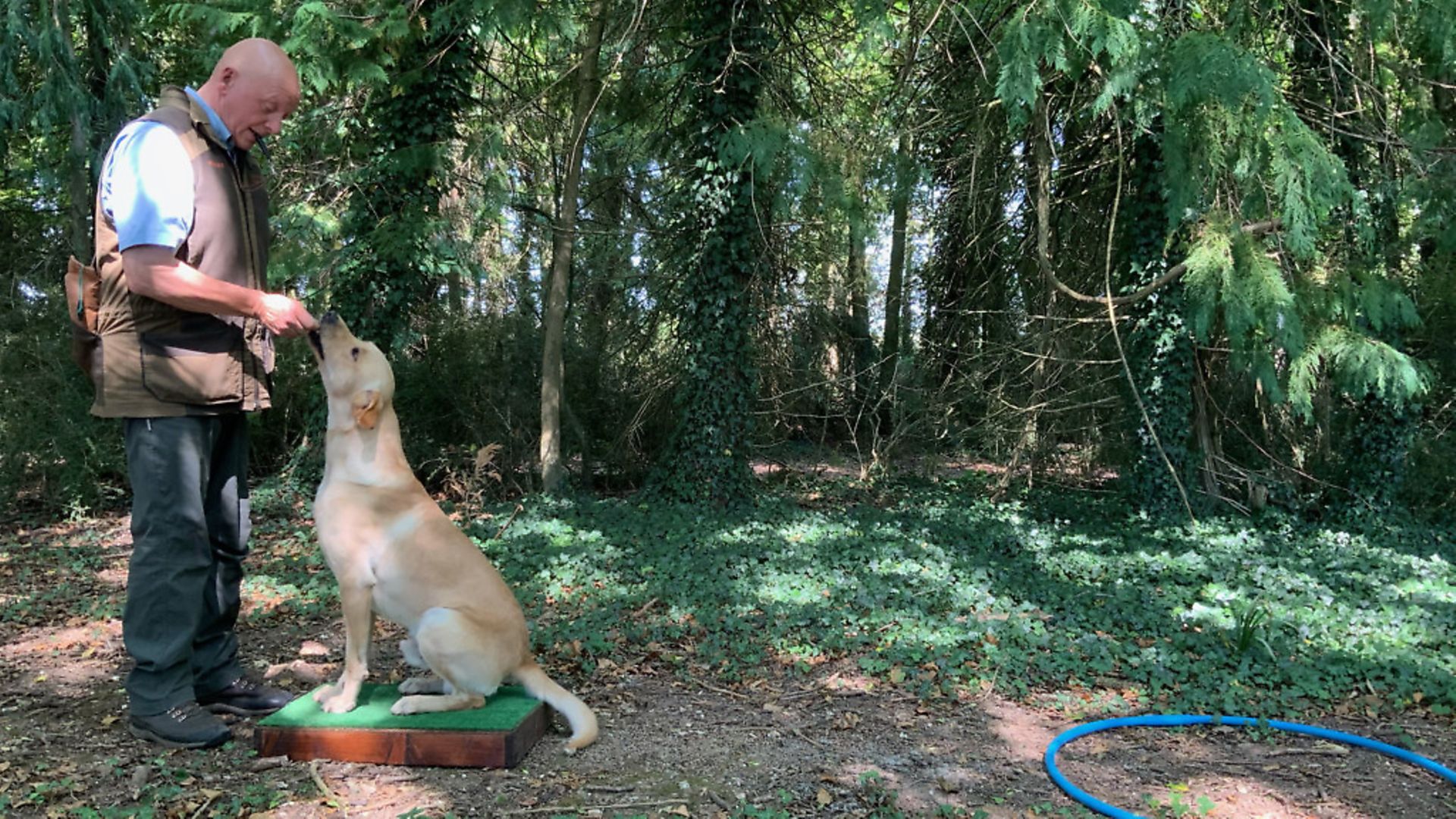 credit: Archant
credit: Archant
Using recall & targets
I am of course assuming you will have done basic target work before moving to this next exercise. Use two targets for this. Sit the pup on the first target and set the other up about five metres away. Leaving the puppy in the sit/stay, back away and stand about one pace behind the second target.
Use the whistle to quietly recall the puppy and as he arrives at the target you are standing behind, encourage a sit using a verbal command, immediately followed by a short pip on the whistle. Say ‘good’, followed by a food reward, or throw a dummy. It’s important that this reward is delivered at the precise moment the puppy sits to the whistle command.
Slowly build the gap between yourself and where the puppy is sitting. Increase the gap in small increments and ensure that the pup is stopping and sitting firmly before you look to do this. As the gap increases, it will take you longer to walk in with the food reward, if you regularly mark a desired behaviour with the word ‘good’ then you can say it as the dog sits, before walking in to deliver the reward. Clicker trainers would mark this moment with a click and reward.
After a couple of repetitions, the dog will start to anticipate the recall command. To avoid this, intersperse the recall exercise by putting yourself behind the board as if you are about to recall, then go back and reward for the sit/stay. By doing this, the dog will quickly learn to wait until it hears the recall command before moving.
If you are using a dummy, you should throw it as soon as the dog sits. Something we haven’t discussed is whether or not you are going to allow the dog to ‘run in’. I think this will depend on the age of the dog you are training, so adjust the exercise to suit the dog you’re working with. Done correctly, this exercise will help to develop a really sharp response to the whistle.
Try to keep in mind that we are trying to build the dog’s understanding that, at the sound of the stop whistle, if he sits down and looks towards you, he will receive a reward. This will be a slow layering up process. At first, the puppy will respond and sit when close to you; if we train correctly, the dog will eventually learn to stop and sit wherever it is.
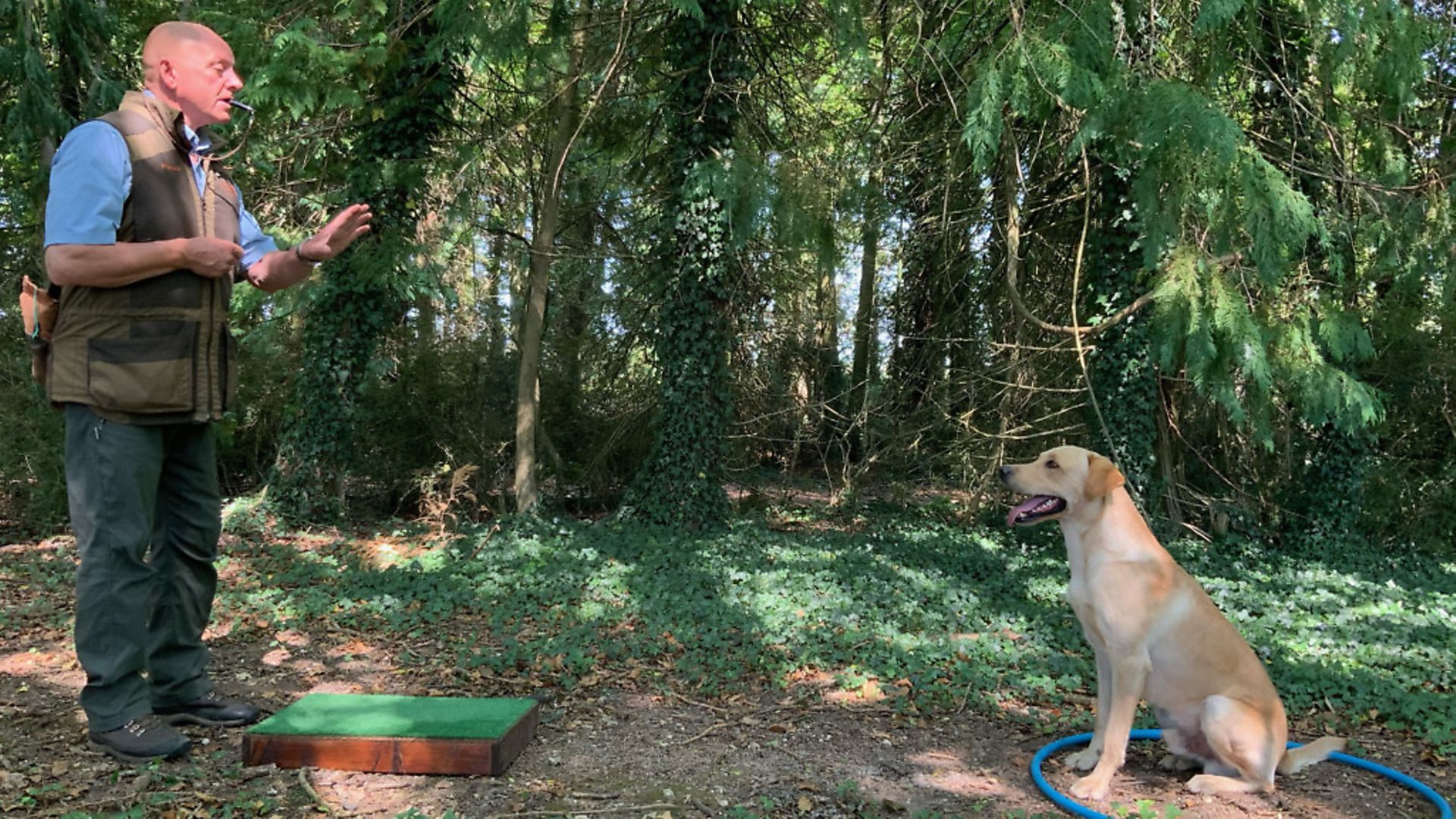 credit: Archant
credit: Archant
Using directional training to encourage a good stop whistle
We can incorporate directional training into this stop whistle exercise. As the dog sits to the whistle, throw a dummy either behind, left or to the right of the dog. Make it clear that you want them to stay seated while you slowly slide the appropriate arm either out to your side for left and right or above your head for the back command. Ensure your palm is flat and facing the dog to maximise the visual cue.
Gently blow the stop whistle while the dog is sat opposite looking straight at you. Wait for approximately two to three seconds; the dog should be focusing on you, waiting and watching for instruction, then give the appropriate left, right or back command.
I like to make dogs really look at the directional cue that I’m giving. I wait until they have taken a really good look before releasing them. My reasoning for this is to make sure that they are really studying the outstretched arm before making a decision to go charging off in any given direction.
As everything comes together, you can consider throwing a second distraction dummy. This is a considerable step up and will cause problems if you have not thoroughly established all of the above.
So there’s a few tips that will help you to school your dog to want to sit when they hear your stop, look at me whistle. Be consistent, thorough and patient and you will suddenly be aware that your dog starts to stop and look at you for help. This is the Eureka moment – you have succeeded in getting him to understand that you can help him.
Have fun and Keeeeeep Training!
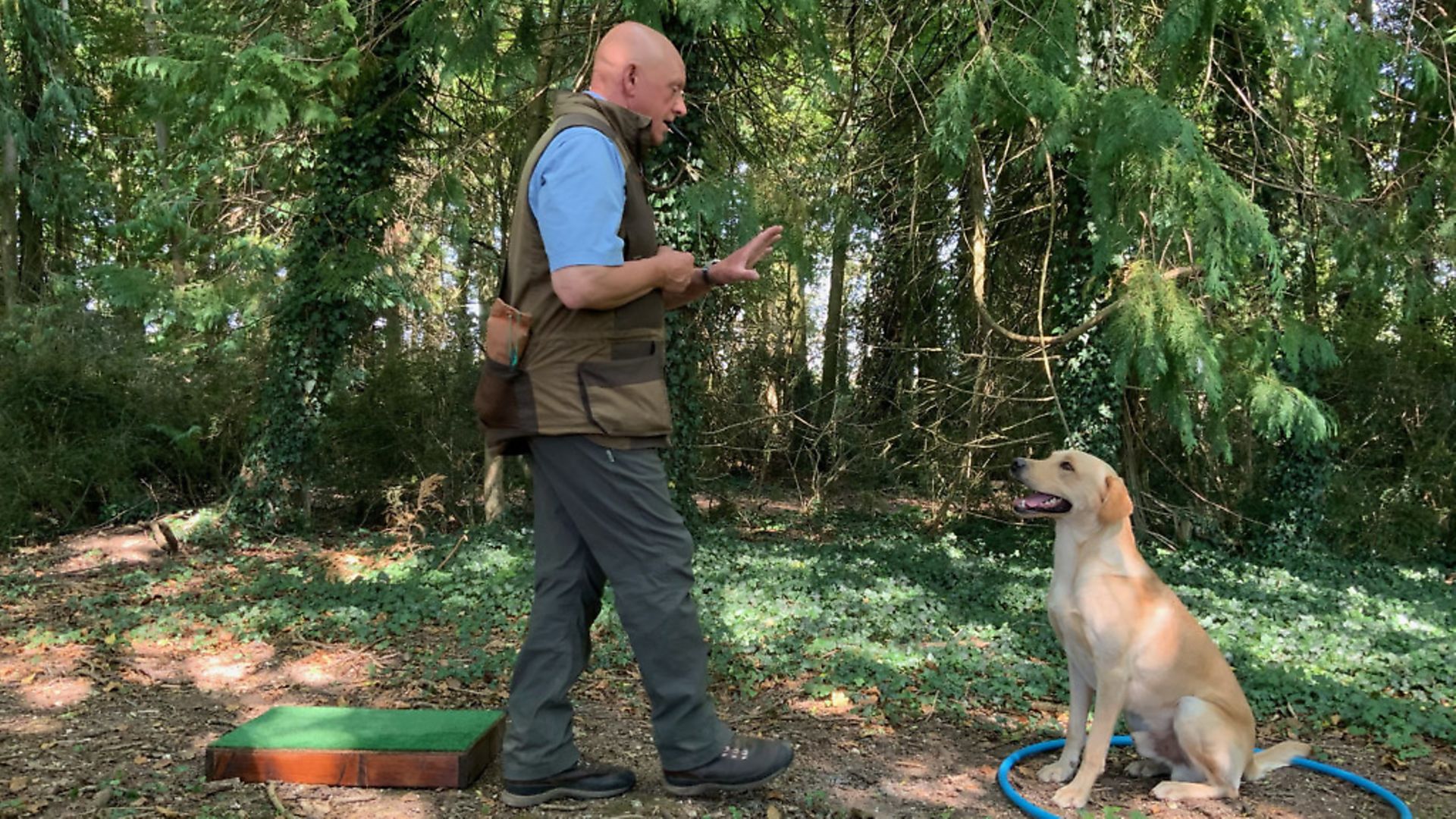 credit: Archant
credit: Archant
 credit: Archant
credit: Archant